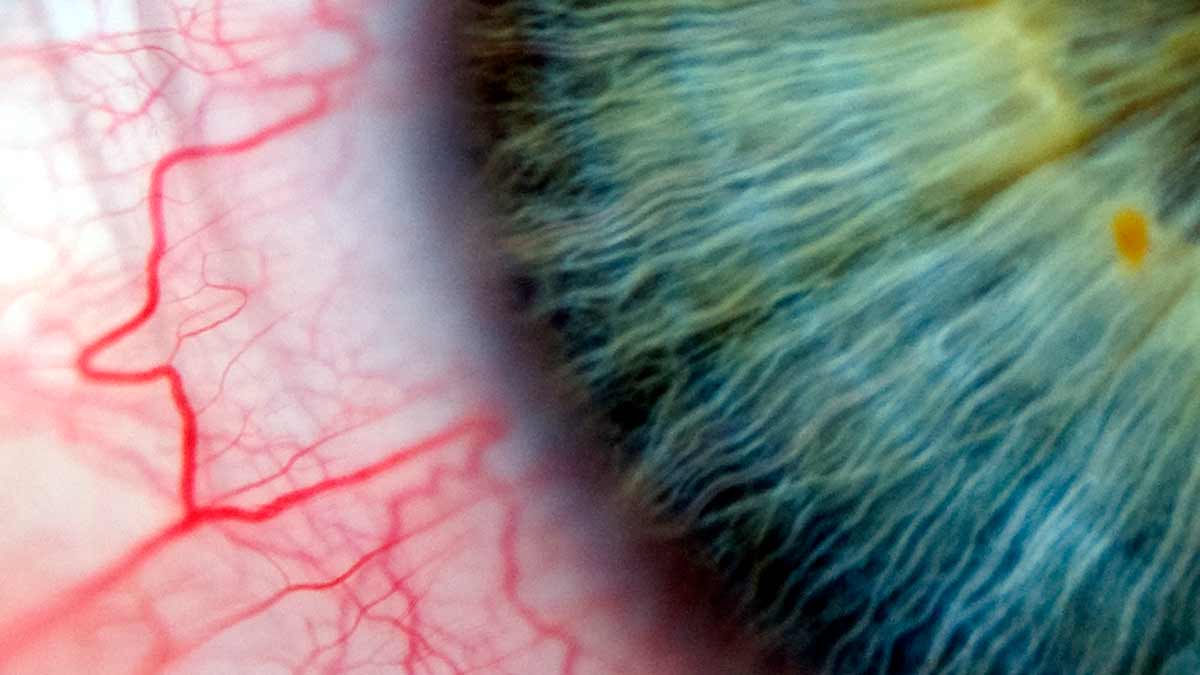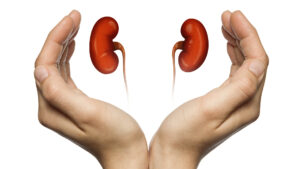Opthea eyes new treatments for macular degeneration

Opthea is hoping to develop new treatments for macular degeneration. Picture: Getty
Aussie biotech Opthea is hoping to find a treatment for two eye diseases that have a wide impact on the population.
Opthea (ASX:OPT) is currently touring the international conference circuit with data from clinical trials for a treatment of Wet Age-Related Macular Degeneration (Wet AMD) and Diabetic Macular Edema (DME).
Wet AMD is the leading cause of blindness in people aged over 55. Type I and Type II diabetics are at risk of DME.
The current treatment for Wet AMD involves injections into the eye every four to six weeks.
The 30 to 40 per cent of patients who respond well to the treatment only achieve “stabilisation” of their vision and nearly a quarter of these will experience further vision loss after 12 months of treatment.
That’s because the treatments used are targeting the signal that makes the blood vessels in the retina grow and leak into the macula, acting as a mop to clean up the excess fluid that accumulates and turns your field of view into a soupy blind spot.
To put it simply, these treatments only target the symptoms of vision loss – and can only be addressed within a specific symptom window.
Opthea’s therapy works in conjunction with the mopping mechanism to target the pathways that cause the blood vessel growth, leakage and subsequent vision loss.
Already in clinical trials in the United States (51 patients with Wet AMD), Opthea is the only company working on these particular receptors known as VEGF-C and VEGF-D. It holds robust intellectual property rights on the molecule until 2034.
Opthea chief Dr Megan Baldwin aims to develop a novel therapy that means a better quality of life for sufferers.
Potential improvements in vision can mean being able to see three to five more letters on a vision chart, which can lead to significant life changes for the patient.
“We are hoping the results of these trials will lead to people being able to regain their independence and enjoyment from day to day life – that means being able to legally drive, or read the newspaper or even be able to see their children’s faces.”
With estimates of the market for OPT-302 as a complementary treatment alongside Lucentis (Roche/Novartis) or Eyelea (Regeneron/Bayer) to be in excess of US$10 billion per annum, Opthea is focusing on completing clinical trials to be ready for consumer treatment of Wet AMD in the United States and Eastern Europe around 2023.
Diversification of the company’s biotechnology pipeline includes focusing on DME, monotherapies and recruitment of Australian patients into trials.
UNLOCK INSIGHTS
Discover the untold stories of emerging ASX stocks.
Daily news and expert analysis, it's free to subscribe.
By proceeding, you confirm you understand that we handle personal information in accordance with our Privacy Policy.








